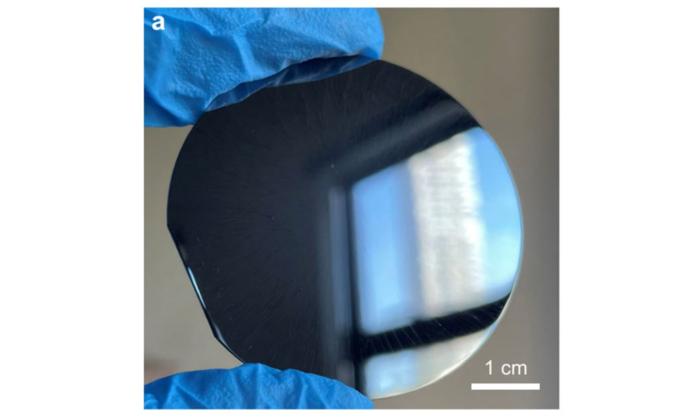This study was led by Dr. Chu Zhiqin, Assistant Professor of the Department of Electrical and Electronic Engineering at HKU, along with Professor Shao Lei of the School of Electronics and Information Technology of Sun Yat-sen University, and Professor Wang Qi from Dongguan Institute of Opto-Electronics of Peking University. Using a method known as Chemical Vapor Deposition (CVD), the team utilized silicon substrate and coated it with diamond microparticles to form the labels. These particles exhibit all different shapes, sizes, and patterns, which are impossible to replicate physically.
In addition, diamond particles contain silicon vacancies (SiV), which is a luminescent color center in the diamond lattice with unique optical and spectral properties. When excited by green light, it will emit bright near-infrared photoluminescence (photoluminescence PL), which can be used as an identification signal. The team utilizes this unique characteristic to carry out anti-counterfeiting coding, using different optical signals, such as combining photoluminescence and light scattering signal coding.
The team emphasized that the anti-counterfeiting system composed of diamond microparticles is easily identifiable and verifiable through simple optical methods. Researchers used smartphones with a confocal fluorescence microscope reading device to read the unique optical codes of each anti-counterfeit label. The new diamond labels remained robust and stable even under adverse conditions such as high temperatures, mechanical abrasion, chemical corrosion, and UV exposure, with the optical codes of the labels remaining intact.
The team stated that the associated technology is cost-effective, with the cost of producing 10,000 200µm × 200µm “diamond-PUF (Physically Unclonable Functions) labels” being approximately one USD. The team is prepared to commercialize the invention for various anti-counterfeiting applications, including rapid verification and high-level security assurance.
Considering diamonds’ high value and artistic nature, the team believes that employing diamond materials for anti-counterfeiting purposes could enhance the commercial value of related products. This approach is expected to find popularity among high-end products such as jewelry, electronic products, and automobiles.




